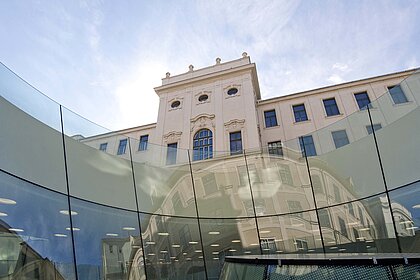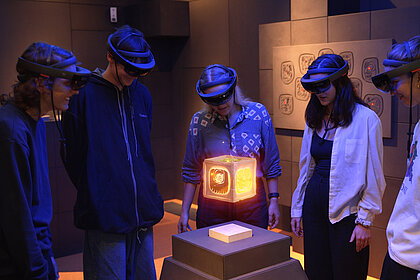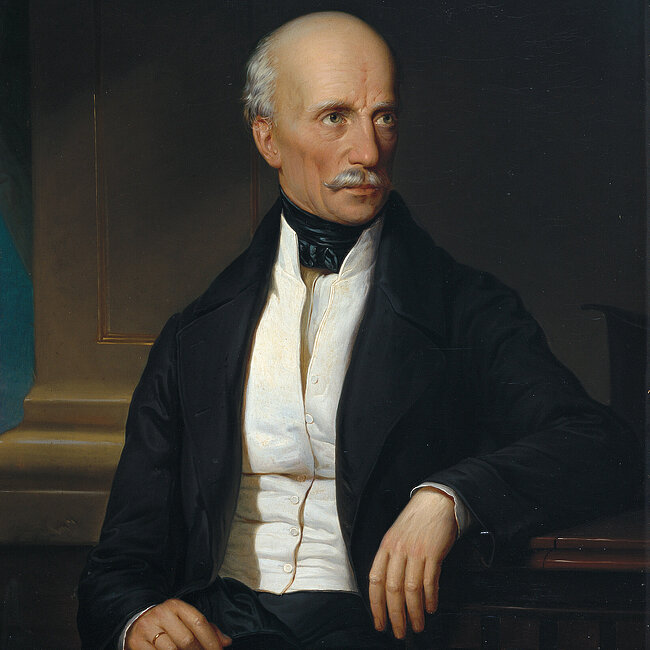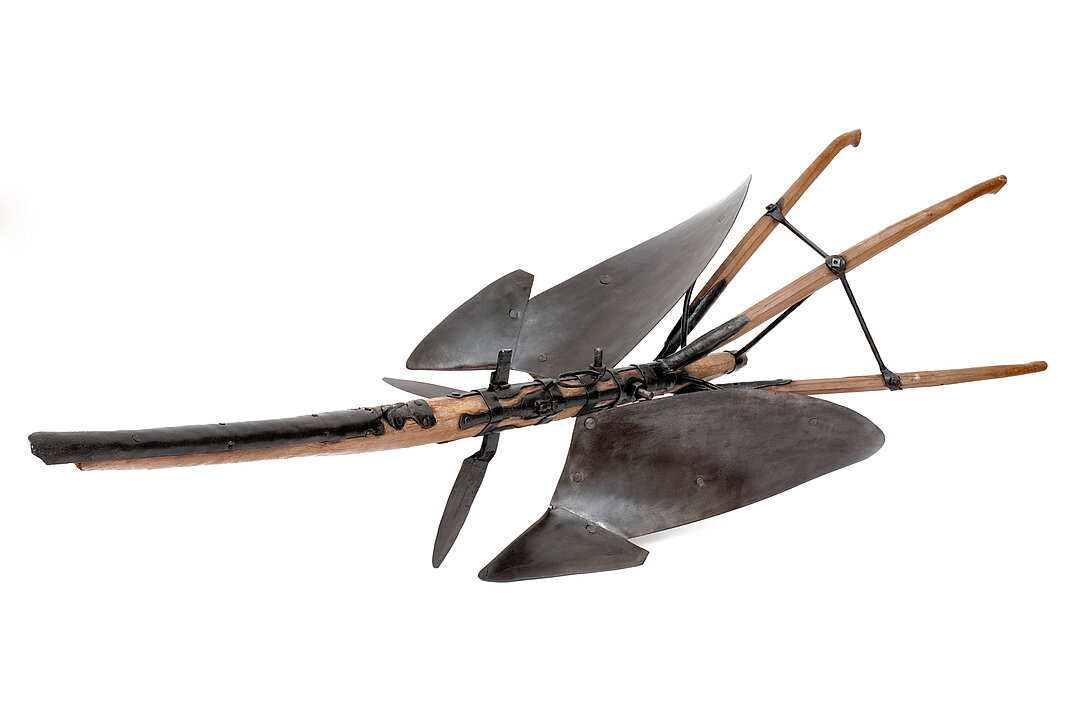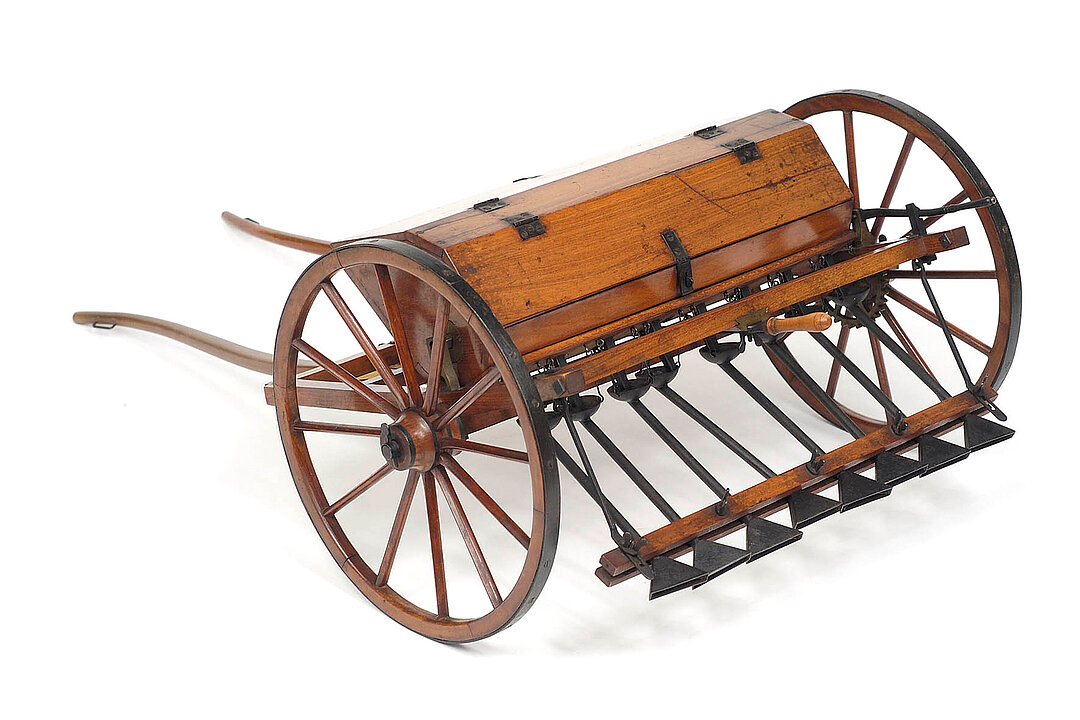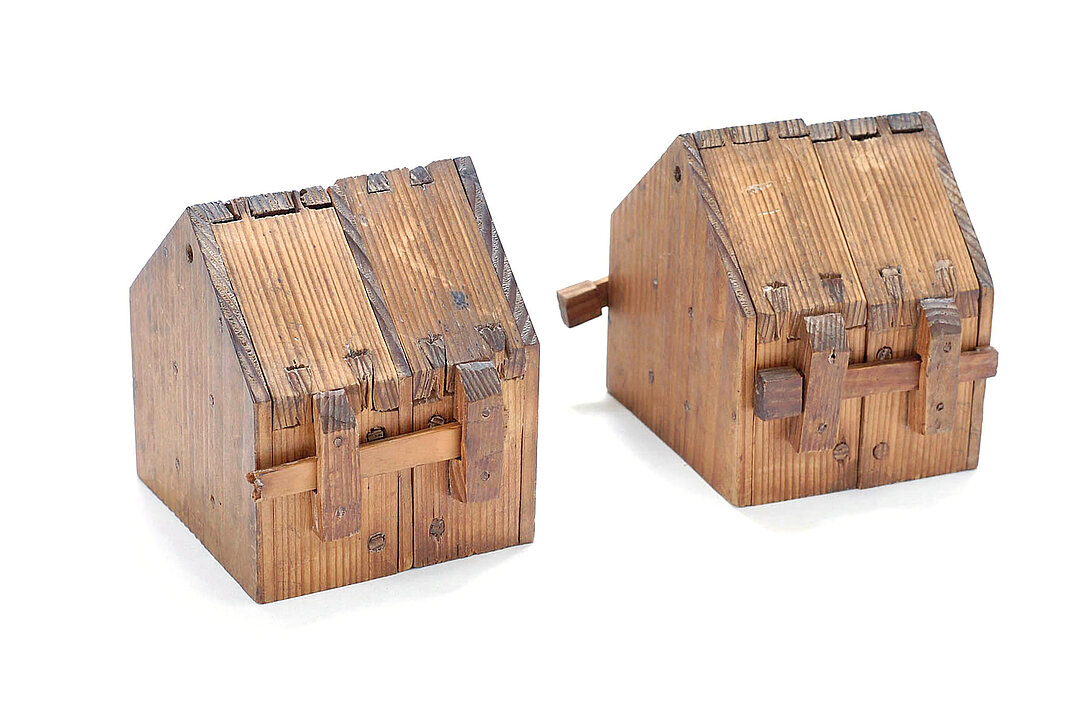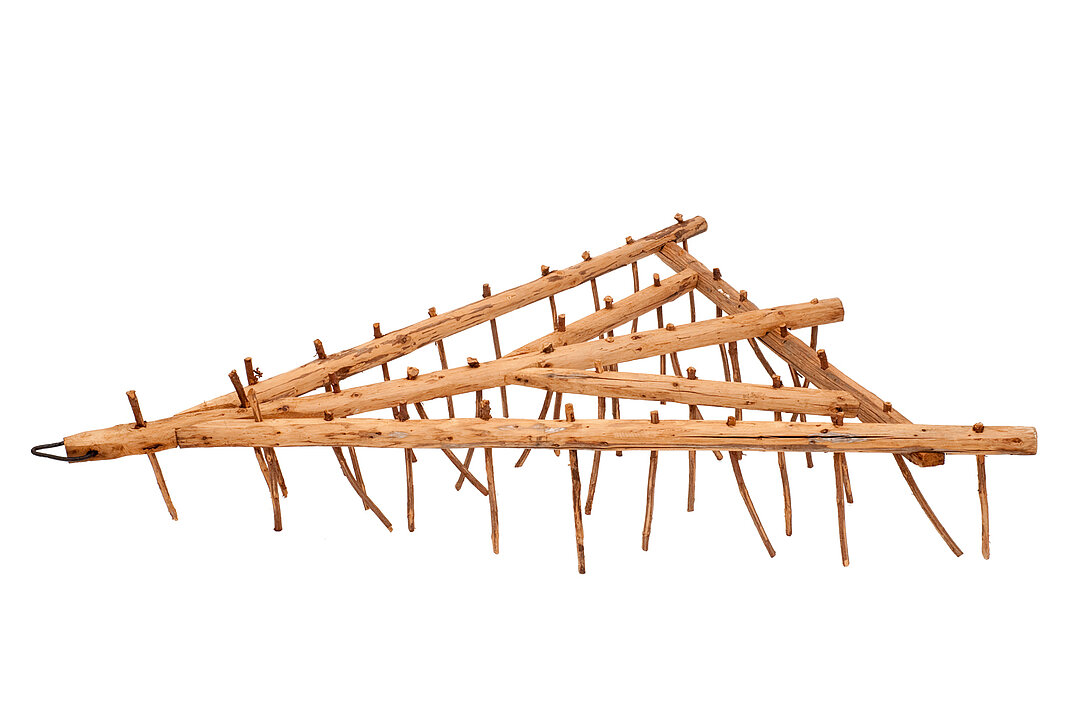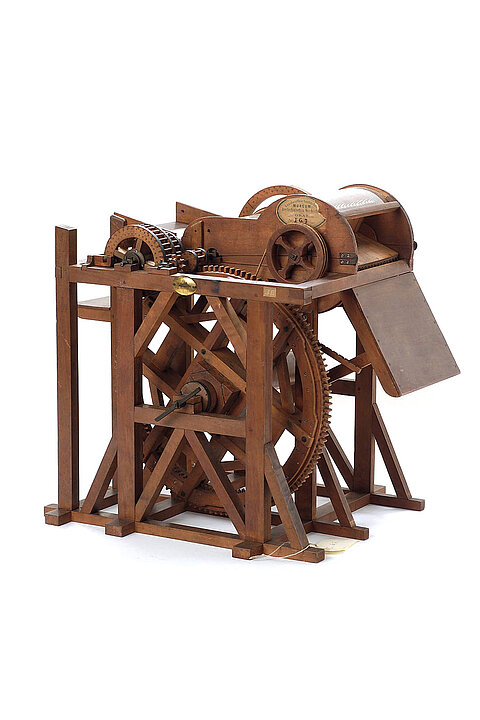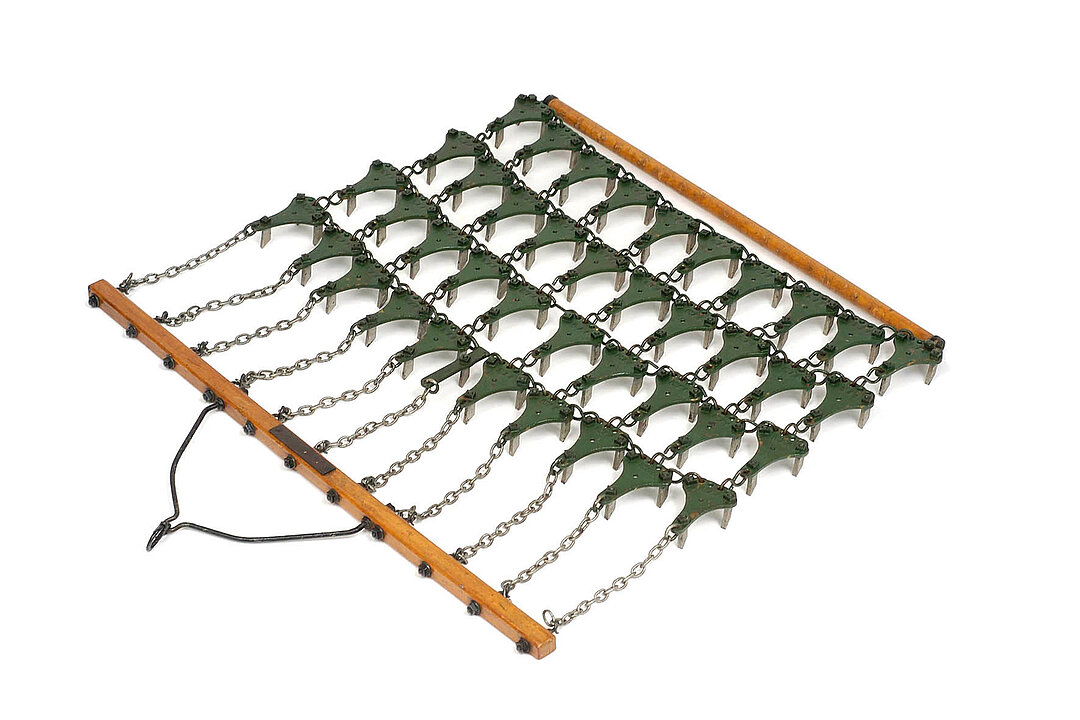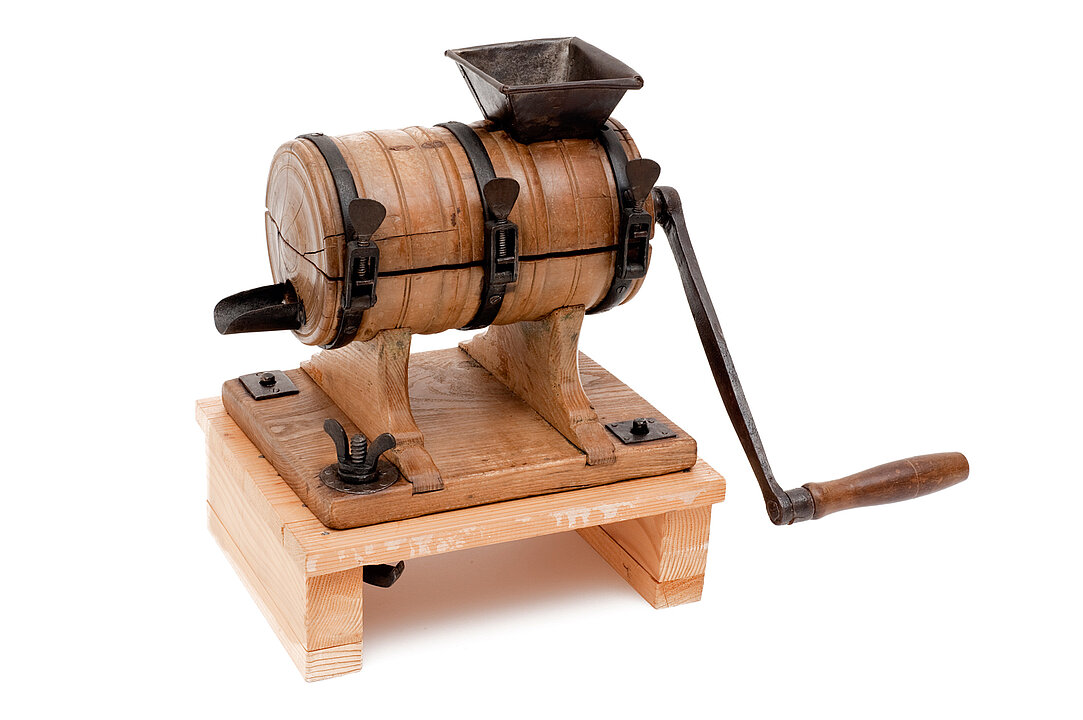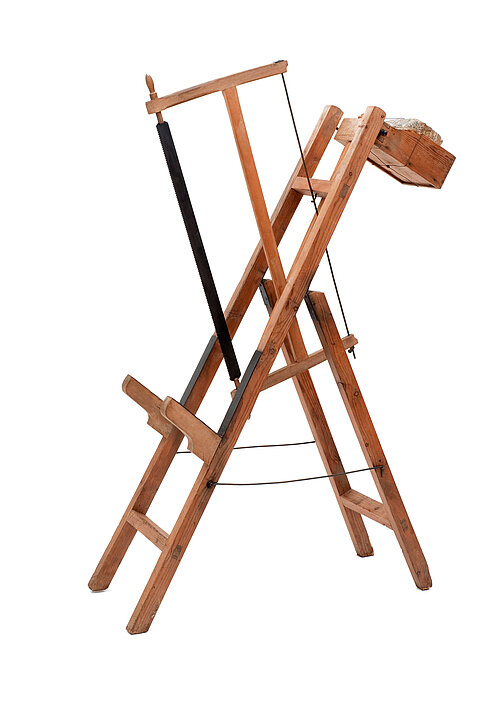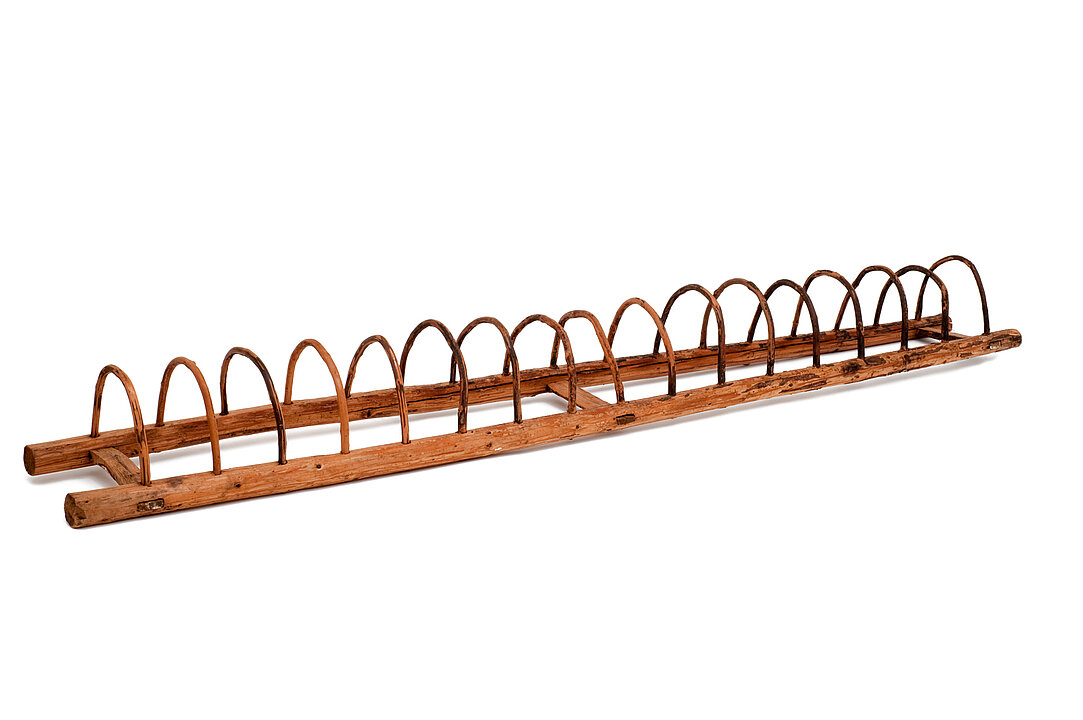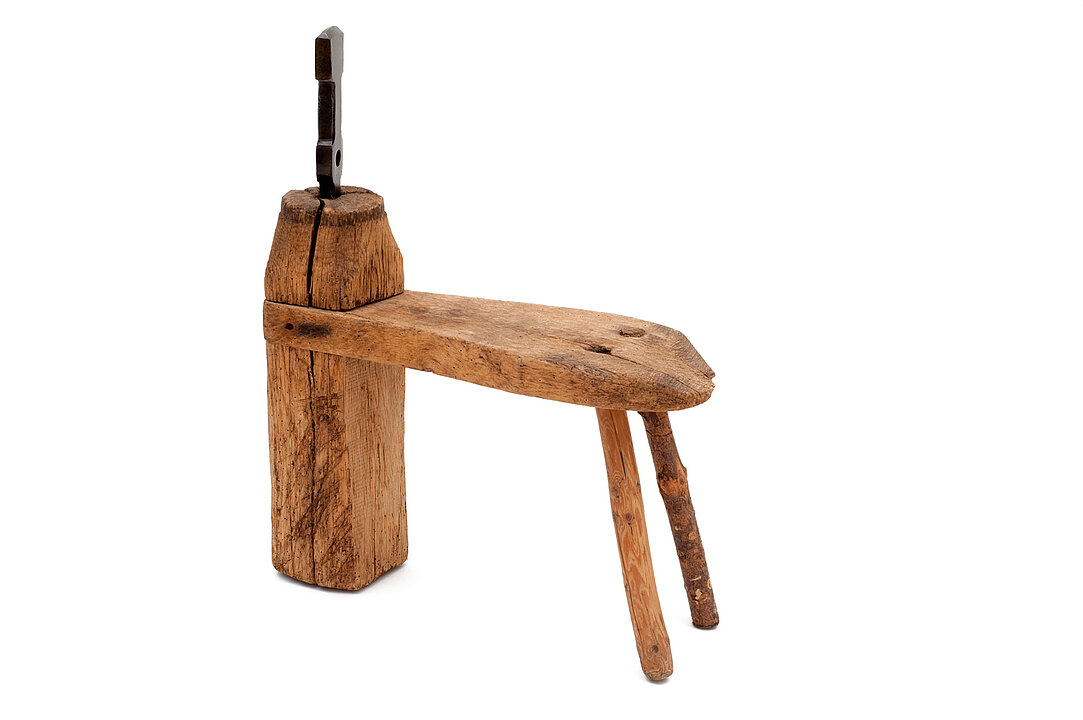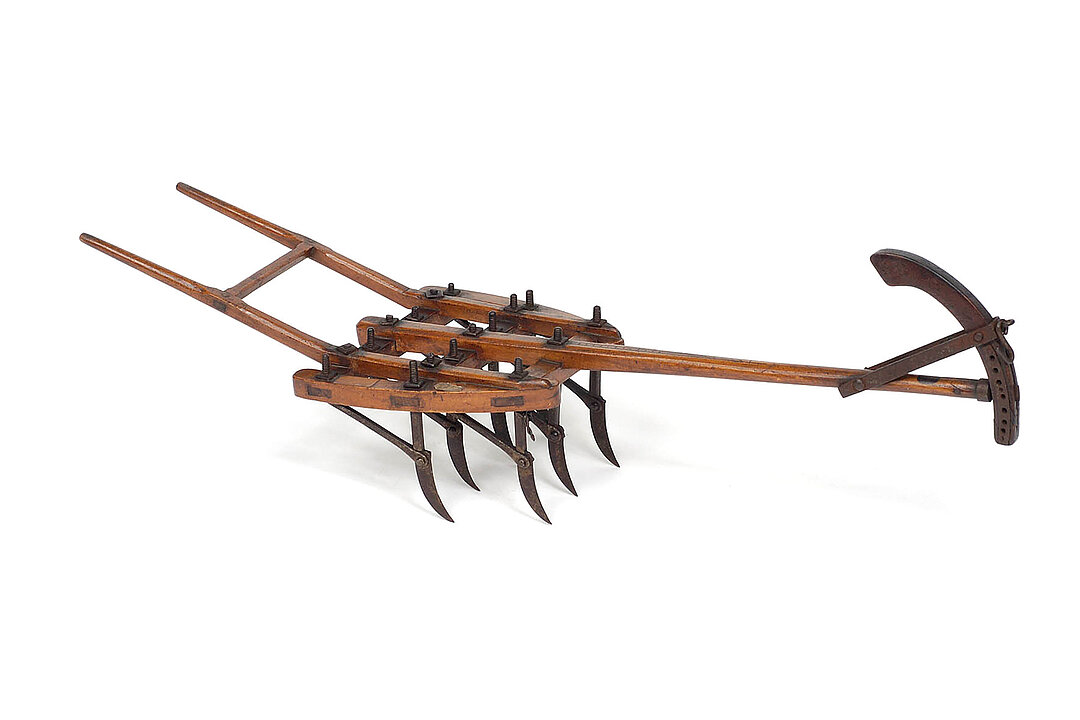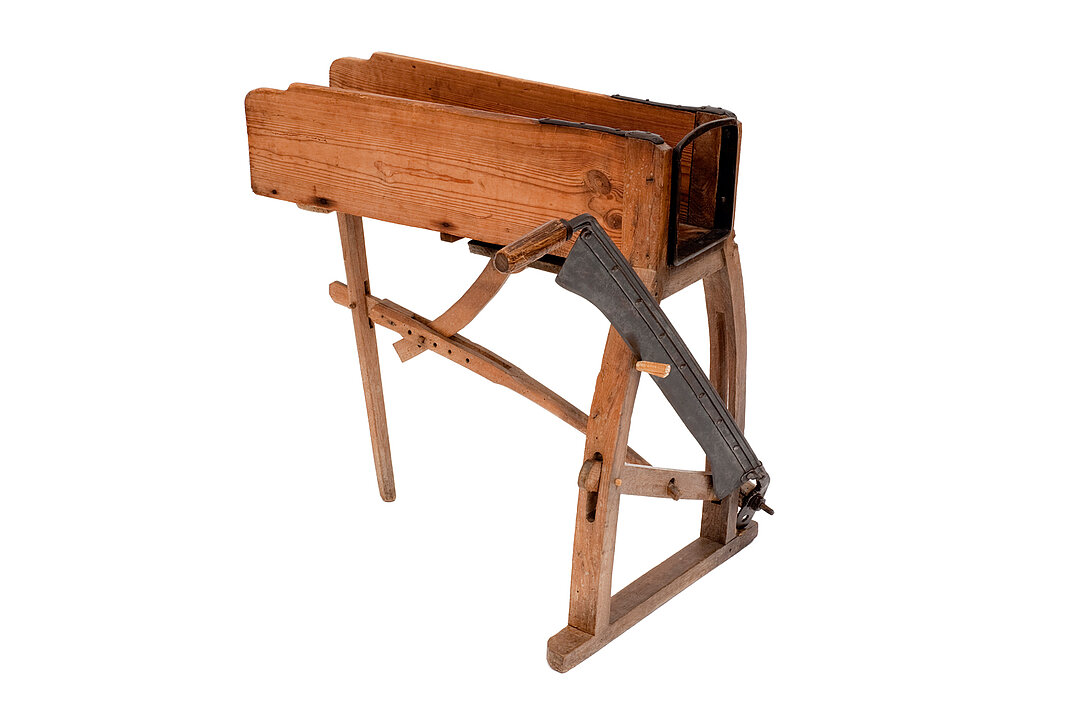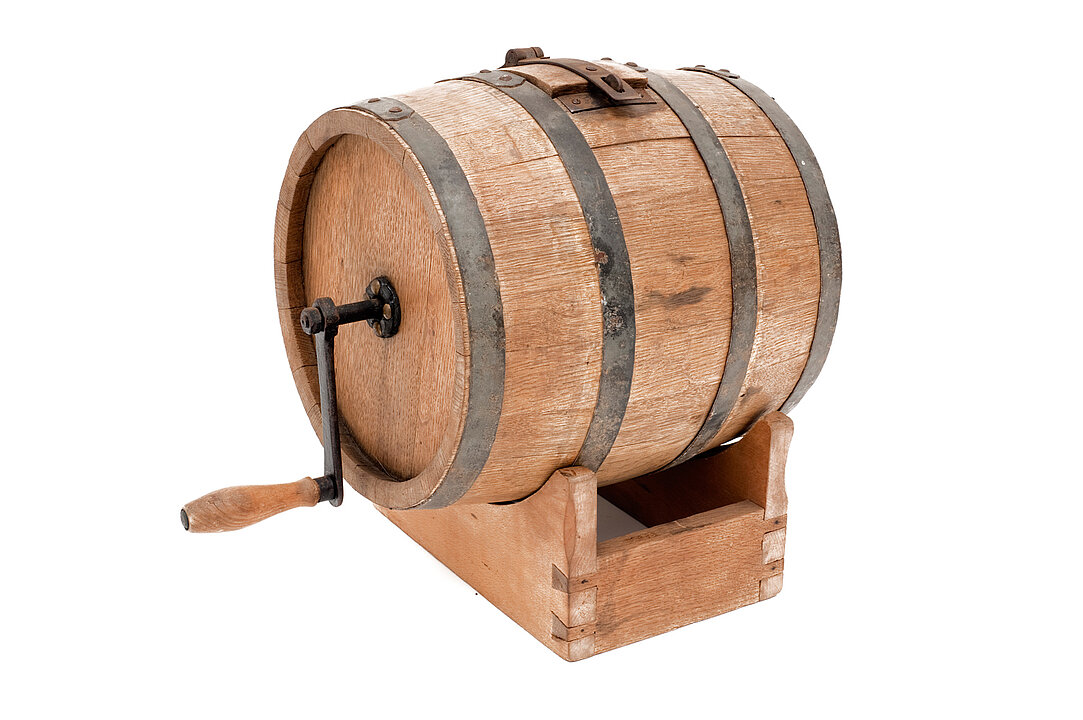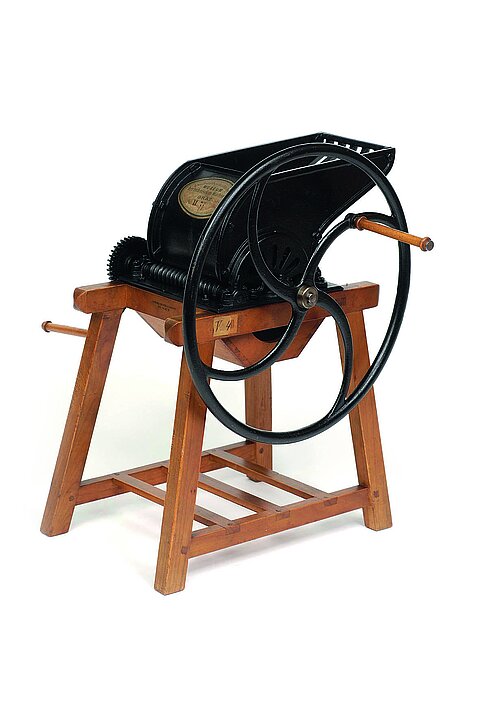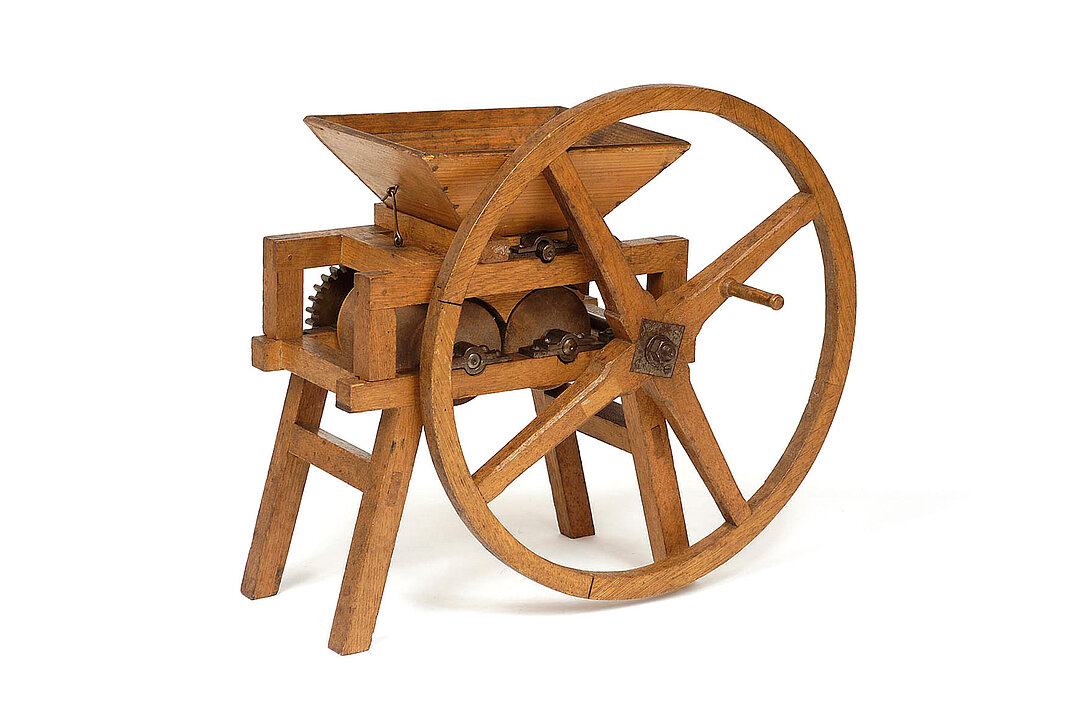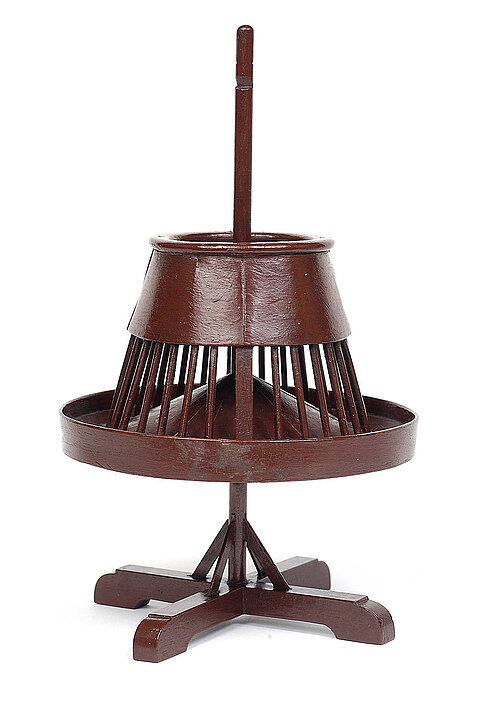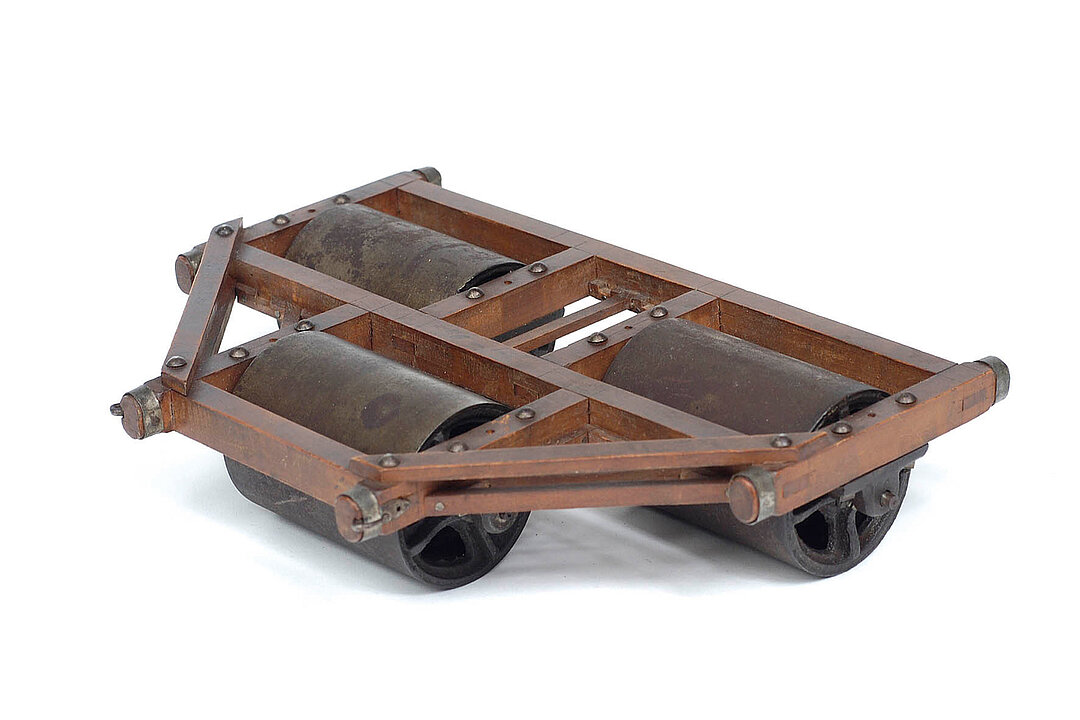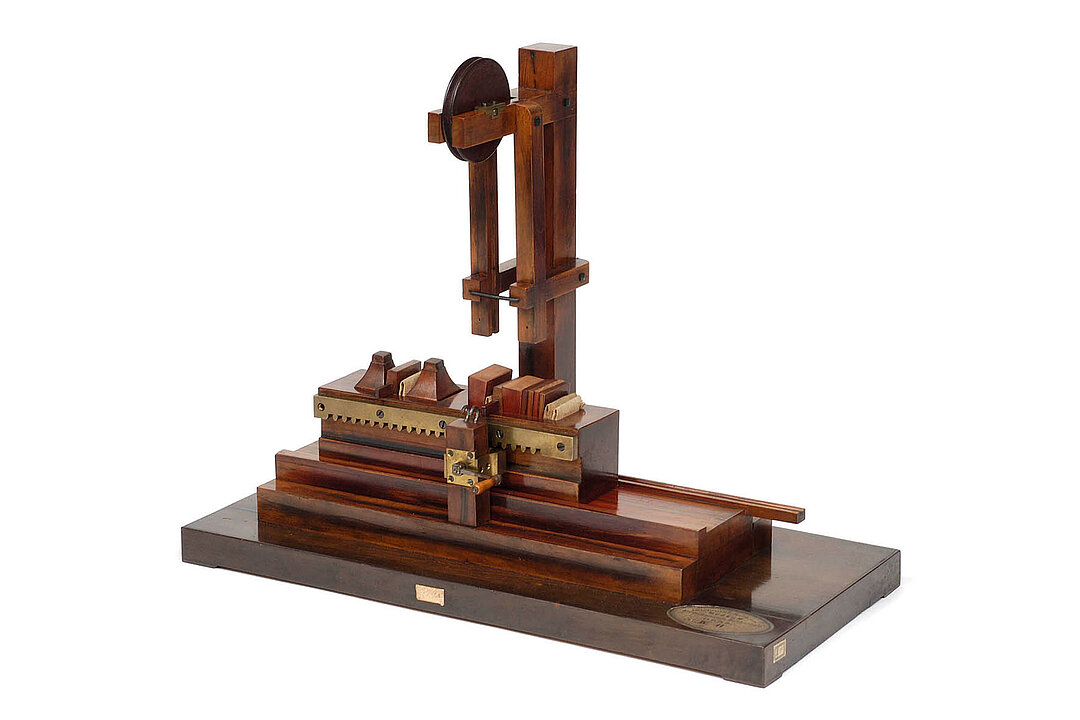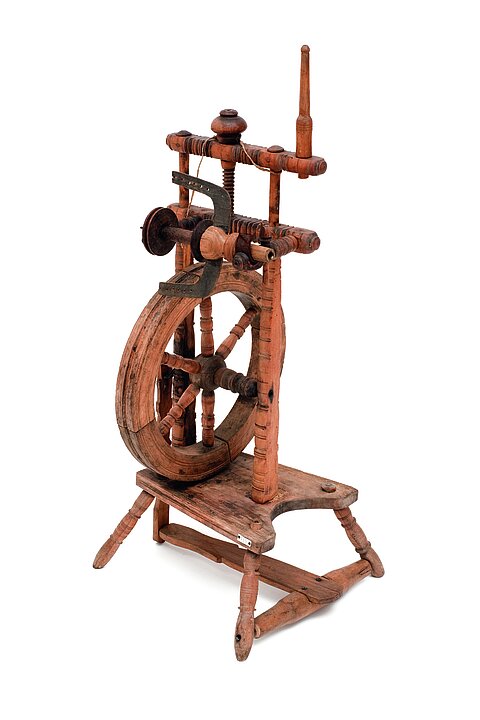Based on the 1966 state exhibition "Der steirische Bauer" (The Styrian Farmer), the Agricultural Collection was established in Stainz Castle to emphasise the economy, work and food. The permanent exhibition, redesigned in 2009, highlights the characteristics of Styrian agriculture and forestry in the past, present and future.
The collection
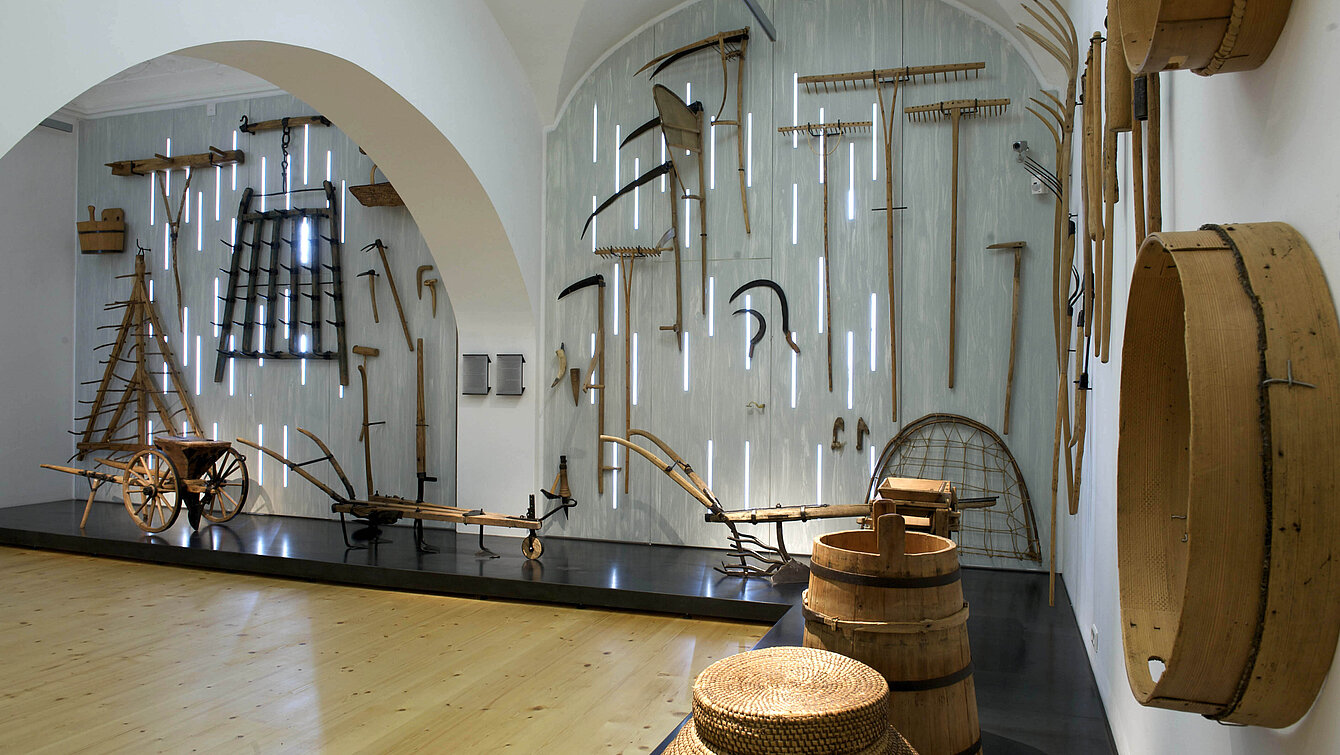
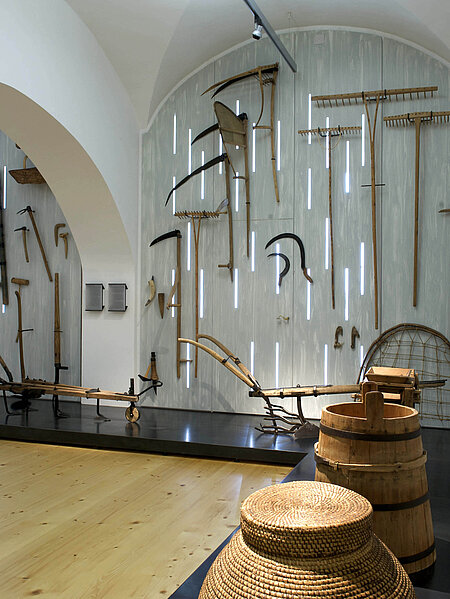
Image Credits
History of the Agricultural Museum Schloss Stainz
On the basis of the 1966 state exhibition in Graz "Der steirische Bauer. Leistung und Schicksal von der Steinzeit bis zur Gegenwart" (The Styrian Farmer: Achievement and Fate from the Stone Age to the Present), the Styrian provincial government decided in 1968, at the request of Prof. Dr. Hanns Koren, to establish a museum focusing on the economy, work and food. The first phase was led by Dr. Anni Gamerith on a voluntary basis, who devoted herself especially to the field of food research.
The museum was opened in 1974 - initially as a branch of the Styrian Folklore Museum. Anni Gamerith, who rendered outstanding services in the field of food research, was particularly instrumental in building up the Agricultural Collection. Since 1986 the Agricultural Collection has been run first as an independent department, later as a department of the Universalmuseum Joanneum.
The agricultural show collection was closed in 2005 in order to design a new agricultural museum, which was finally opened on 19.9.2009. The focus of the new design is on the characteristics of Styrian agriculture and forestry in the past, the present, but also the future.
Collection focus
The main focus is on agricultural implements from the time before industrialisation in the fields of agriculture, cattle breeding, alpine farming, fire farming, transport, beekeeping, gardening, viticulture and oil extraction.
In addition, the collection includes domestic utensils, kitchen utensils of the peasant household, utensils for historical cooking techniques as well as utensils and cookware for "newer fireplaces".
Objects relating to various crafts before industrialisation, for example ropemaking and shoemaking, illustrate the diversity of rural working areas.
An extensive collection of furniture and original parlour furnishings from the 17th and 18th centuries convey different dimensions of rural living in Styria.
The Anni Gamerith Archive contains records of the food ethnologist Anni Gamerith (1906-1990). She left behind documents on numerous field research projects and interdisciplinary studies on the topic of food. A comprehensive library contains works on the main topics of agriculture, nutrition and building.
Archduke John and agriculture








